Microfossils
Type of resources
Topics
Keywords
Contact for the resource
Provided by
Years
Formats
Representation types
Update frequencies
Scale
-
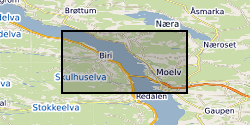
The dataset documents microfossils (acanthomorphic acritarchs) and sedimentary structures within phosphorite pebbles and interstitial carbonate cements from the Ediacaran Biskopas and Biri formations, Hedmark Group, Norway. Data includes extensive optical microscopy images (~30,000) of the microfossils and structures; SEM-BSE images, EDS elemental map and spot point data of phosphatized and carbonate-hosted microfossils; BSE maps and EDS elemental maps of the sedimentary structures within phosphorite pebbles; sedimentary descriptions and detailed grain size counts for phosphorites; detailed spread sheets recording microfossil size ranges, microfacies distributions, and abundances.
-

The data is presented as relative abundances of all species encountered in 300 counts on standard light microscope smear slides. Counts are presented from 64 samples, ranging from sample U1510A 48X 1W 50-51 cm (435.90 m) to U1510A 52X CC 24 cm (478.09 m). A second dataset provides semi-quantitative data from the same samples, which includes species that were not encountered during the 300 count.
-
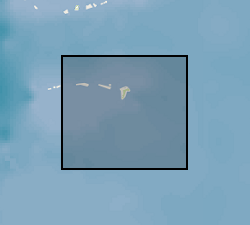
Nannofossil assemblage data IODP expedition U359 produced from NERC Grant NE/N014049/1. Data collected from the Maldives, Indian Ocean. NERC grant award abstract: IOPD Expedition 359, Sea Level, Currents, and Monsoon Evolution in the Indian Ocean will be investigating the Maldives Ridge which stretches southward through the Indian Ocean as a double chain of coral atolls. These atolls lie along a volcanic ridge which formed over a mantle hotspot as the Indian plate moved northwards. As the ridge cooled it subsided to be replaced at the surface by the string of atolls and between them deeper troughs.Within these troughs vast thicknesses of carbonate sediments derived from the ridge have built up intermixed with open ocean sediments. These sediments provide a unique opportunity to examine the relationships between open ocean planktonic carbonates and shallow marine carbonates - which normally are difficult to compare. This project seeks to exploit this opportunity to see whether there are any consistent correlations between changes in the pelagic carbonate producing coccolithophores and the shallow marine carbonate system. If such correlations do occur it will provide strong evidence that abiotic factors such as temperature and sea water chemistry have strong influences on large scale evolution of these systems. Conversely if no such linkages can be observed it will cal into question the degree to which changes in for instance coccolithophore abundance or calcification are interpreted as being caused by abiotic factors. The great thicknesses of the successions also mean that intervals of abrupt change in plankton assemblages can be studied at higher resolution than is normally possible. This will provide the opportunity to test if such changes are caused by environmental events. The project will specifically focus on size variation in the dominant group of coccolithophores the reiticulofenestrids. This group shows a long term size reduction but this is formed of series of abrupt size reduction events separated by extended intervals of size increase. This will be the first time the set of size reduction events from the middle Miocene to the recent have been studied systematically in one place as well as testing to see if they correlate with change in environmental proxies or changes in the shallow marine carbonate system.
-
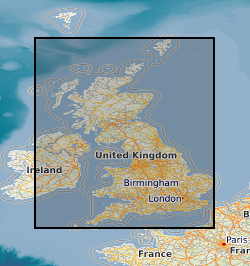
Three volumes of SAM samples (SAM1-SAM4789) exist. They represent the work of FW Anderson in the 1950s and 1960s. All samples were re-registered into other datasets. They are predominantly from the Cretaceous and Tertiary. Sample number, fossil type, locality and geological details are given, including borehole name and depth where appropriate.
-
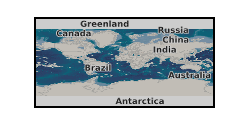
All type and figured calcareous microfossils and palynmorphs held in the BGS collections are registered using the prefix 'MPK'. To date MPK1 to 13400 have been used. Information includes name, locality, geological details and journal details.
-
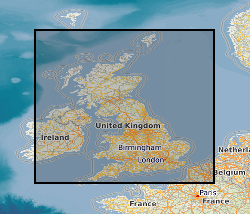
Register of microfossil analyses carried out in the Leeds and London Office during the 1970s and 1980s held in book form and in box files. They are arranged as follows: SAA 1-4409 Calcareous Microfossils onshore; SAB1-3229 Calcareous Microfossils (London) Jurassic onshore; SAC1-3247 Calcareous microfossils (Leeds) Jurassic and Cretaceous onshore; SAD1-1593 Palaeozoic microfossils onshore; SAG 1-2062 Chalk foraminifera onshore; SAY1-1888 Calcareous microfossils offshore; SAZ1-2261 Calcareous microfossils from Continental Shelf (South).
-
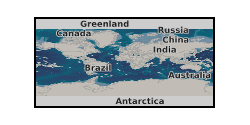
Microfossil samples submitted to the BGS biostratigraphy laboratory are currently registered using the prefix 'MPA'. Samples include rock, residues from sample preparations, and slides of mounted specimens. Rock, residues and slides from the same sample all bear the same unique identifying sample number. The numbers MPA 1 to 54400 have been used, but this grows steadily. There are currently 21 volumes of registered samples. The value added dataset comprises data for each sample held in the sample register, including collectors' symbols and numbers, 1:10k (or 6") OS quarter sheet, NGR, 1:50k (or 1") geological sheet, borehole name and depth (if relevant), locality, geological formation and report numbers. The value added dataset also includes identifications of specimens on each slide, which are listed on logging sheets and are held separately.
-
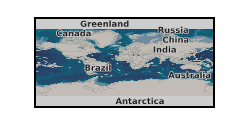
Microfossil samples submitted to the BGS are currently registered using the prefix 'MPA'. Samples include rock, residues from sample preparations, and slides of mounted specimens. Rock, residues and slides from the same sample all bear the same unique identifying sample number. The numbers MPA 1 to 51000 have been used, but this grows steadily. There are currently 21 volumes of registered samples.
-
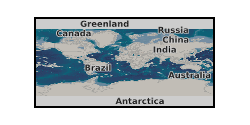
Image data and figures of holotypes of small carbonaceous fossils from Cambrian sediments of the Baltic Basin. Also included are sampling information and fossil measurement data. Data collected from Sweden (mainland and Baltic islands) and Estonia (northern coastline). This information is relevant to the following publications: Slater, B.J., Harvey, T.H., Guilbaud, R. and Butterfield, N.J., 2017. A cryptic record of Burgess Shale-type diversity from the early Cambrian of Baltica. Palaeontology, 60(1), pp.117-140. http://onlinelibrary.wiley.com/doi/10.1111/pala.12273/full Slater, B.J., Harvey, T.H. and Butterfield, N.J., 2018. Small carbonaceous fossils (SCFs) from the Terreneuvian (lower Cambrian) of Baltica. Palaeontology, In Press. Guilbaud, R., Slater, B.J., Poulton, S.W., Harvey, T.H., Brocks, J.J., Nettersheim, B.J. and Butterfield, N.J., 2018. Oxygen minimum zones in the early Cambrian ocean. Geochemical Perspectives Letters, In Press.
-

Nannofossil biostratigraphy, 46x stable bulk carbonate stable isotope measurements (oxygen and carbon) and 71x % organic carbon and % carbonate measurements from between 1313.71 and 1326.82 mbsf at IODP Site U1480.
 BGS Data Catalogue
BGS Data Catalogue